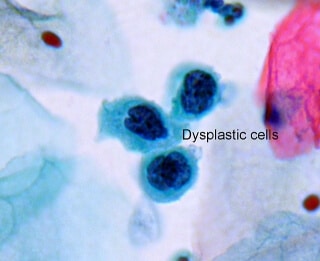"Ectodermal dysplasia" causes defects in the skin, hair and nails, a cleft lip and palate and corneal opacity that may cause blindness; Seven out of every ten thousand babies born in the world suffer from this syndrome

Researchers from the Technion and Paris Descartes University in France have developed an innovative method to cure "ectodermal dysplasia syndrome", which originates from a mutation in the P63 gene.
"Ectodermal dysplasia" is actually a group of rare syndromes that affect different areas of the body. This genetic disease causes birth defects in the skin, hair and nails, cleft lip and palate, and corneal opacity, which may cause blindness. In the current study, a unique cellular model was created that summarizes the main fetal defects related to this disease.
The Israeli researcher (Dr. Ruby Shalom-Feuerstein from the Rappaport Faculty of Medicine at the Technion) and his French partners (Prof. Daniel Aberdam and Dr. Isabelle Patty, from Paris Descartes University in France) programmed cell samples collected from patients with the syndrome to become embryonic stem cells that carry the the mutation. In the second stage, the researchers proved that unlike normal embryonic cells, the embryonic cells obtained from patient cells are unable to complete the process of embryonic maturation into skin and corneal tissue. Finally, using a small chemical compound called PRIMA-APR246, a significant improvement in the function of the damaged cells was achieved in vitro experiments.
"The study shows that the PRIMA-APR246 molecule may improve skin and corneal regeneration in patients," the researchers said. "This compound was recently discovered as a potential drug to cure cancer and even successfully underwent phase 1/2 clinical trials in Sweden and no side effects were observed, so it will be easier to examine the effect of the drug in ectodermal dysplasia patients.
However, one must be careful and wait for clinical trials that will first test the effect of the potential drug on corneal function. These experiments will be conducted at the Saint Louis Hospital in Paris."
This study illustrates the relevance of embryonic stem cells for the study of genetic diseases in general and p63-related disorders in particular, and paves the way for future treatments.
According to the estimate, seven out of every 10,000 babies in the world are born with ectodermal dysplasia, of which in some cases the mutant gene is unknown and in some it is the p63 gene that the researchers focused on.
